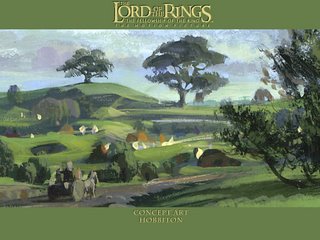

Today at HopeSpring we dealt with healing imagery. Because it is March break, our numbers were low, but that meant that those who were able to attend could ask more questions and discuss problems with practicing visualization in greater depth than would otherwise be the case.
Visualization is difficult for me, mainly because I have problems using images which seem to be contrary to what medical science teaches us about cancer. If someone suggests I imagine chemotherapy surging through my blood stream seeking out cancer cells and selectively destroying them, then I find myself saying, “But chemotherapy drugs aren’t particular about what cells they destroy. In fact, they are equal opportunity hit men, killing both healthy and cancerous cells.” In other words, if the images are inaccurate, I find them inappropriate and ineffective.
Ironically, though, I find it easy to draw analogies between other people’s stories about their own battles with cancer and mine. I also find it relatively easy to draw comparisons from narratives not specifically about cancer to my own situation. The major difference here is that I’m not visualizing imaginary situations; I’m merely following another narrative and drawing allusions to my life situation.
One of those narratives from which I draw inspiration is The Lord of the Rings.
In LOTR, as with cancer, the protagonists undergo an unwanted journey. It is something they have to do to save Middle Earth. They still have to volunteer to undertake the journey, but it is not a journey which is attractive in itself. On the contrary, there will be destinations which are the stuff of nightmare.
Sauron, like cancer, first appears only in the hidden places of Middle Earth. His underlings are found in caves, under mountains, hidden from the light of day and hesitant to face the citizens of Middle Earth directly. Then, suddenly and with incredible ferocity, the attacks come. And they come with such intensity as to completely overwhelm the defences of those protecting the land.
Each protagonist has to reach deep to find the resources necessary to make a difference, often without realizing those resources are there buried below consciousness. As each challenge presents itself, they search and find those virtues we all admire – love, devotion, friendship, courage, persistence, heroism, bravery. Individually, they find their talents and abilities and bring them to bear. But it is not individual effort alone which makes the difference. It is the fellowship that matters. It is the sublimation of the individual to the needs of the group. Ironically, in Frodo’s case, there is even complete and utter failure at the very end with salvation coming only because of his alter-ego.
At significant stages in the journey, there is sacrifice, death, injury, loss, sorrow and hurt. There are brutal battles. But there are also battles of the heart, where each person has to seek and find the mental and emotional tools to do what is required of them.
In the end, even though the battle is won and Sauron overthrown, nothing is ever the same. There are wounds that never truly heal. Some of the magic and wonder of Middle Earth is lost as the Third Age gives way to the Fourth Age, the age of man. The elves leave, the dwarves disappear deeper into their mountains, and the wizards are no longer needed. Only mankind, older and wiser, and nursing their hurts and celebrating their victories is left.
It’s only a story, I know. And that’s the advantage for me. I draw the analogies. I find the comparisons and contrasts and apply it to my journey exactly like anyone who compares stories. I’m not pretending. I’m participating in narrative. I don’t know if that means it is effective as a tool to fight cancer. But I suspect that immersion in story has to be at least as beneficial as visualizing biological processes that one knows are factually inaccurate.

No comments:
Post a Comment